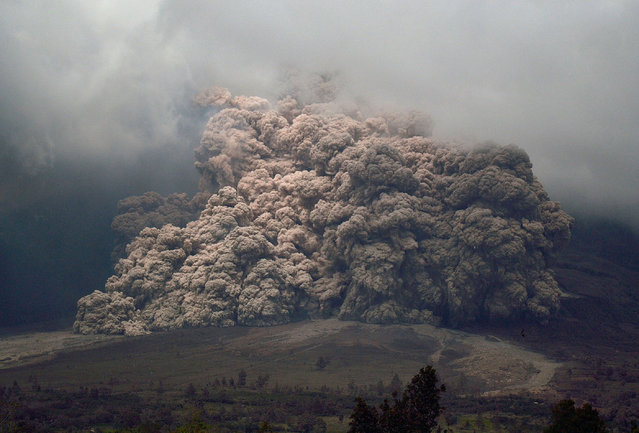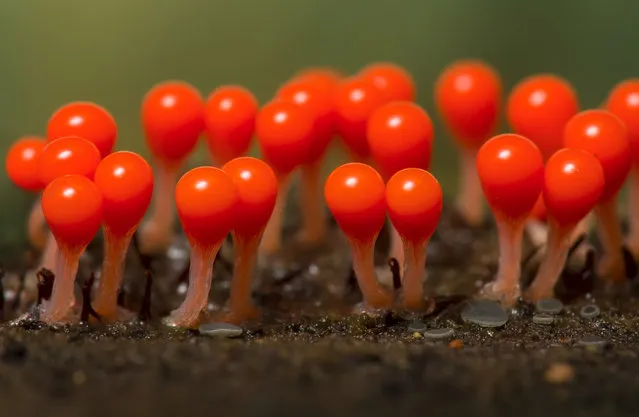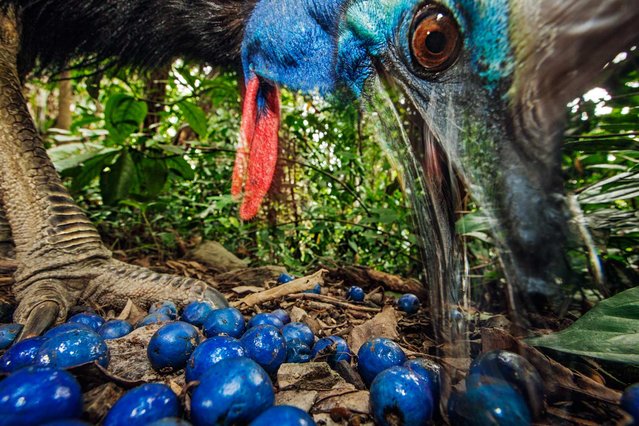
“Gangnam Style” star PSY's new music video had been watched more than 10 million times on YouTube less than 24 hours after he unveiled his much-anticipated new dance in Seoul, the website showed Sunday. Photo: PSY performs at his concert “Happening” in Seoul, on April 13, 2013. The South Korean pop star's first new single since his viral hit “Gangnam Style” is stealing attention from inter-Korean tensions. (Photo by Kin Cheung/Associated Press)
14 Apr 2013 11:08:00,post received
0 comments







